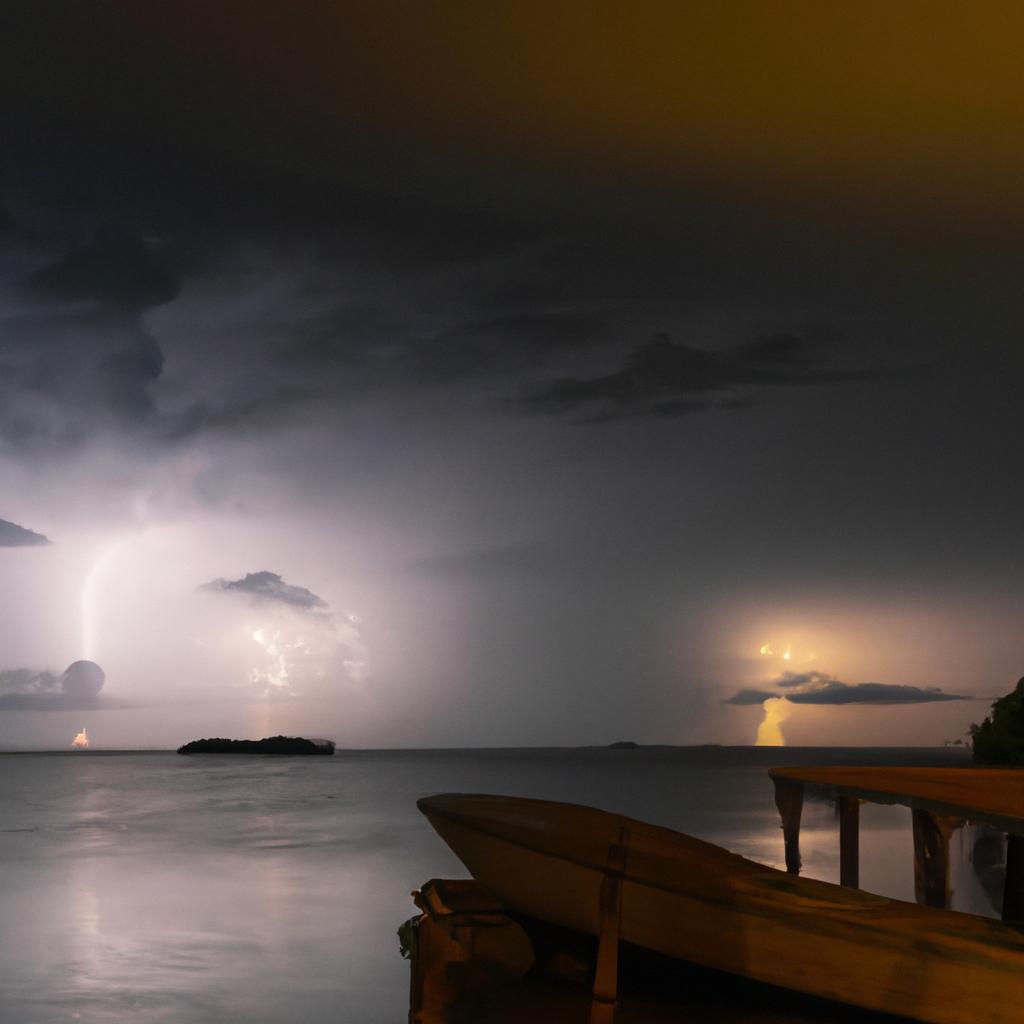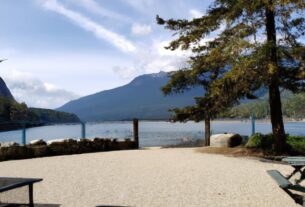Have you ever heard of the mesmerizing Catatumbo storm? It is a remarkable natural phenomenon that takes place in the Catatumbo River in Venezuela. This lightning storm is known for its nearly uninterrupted flashes of lightning that illuminate the sky for up to 10 hours a day, around 140 to 160 nights a year. Not only is the Catatumbo storm a spectacular sight to behold, but it also holds great significance for the region.
The storm serves as a vital source of freshwater for the nearby communities and plays a crucial role in the area’s unique biodiversity. Over the years, it has also gained popularity as a top tourist attraction. In this article, we will delve deeper into the enchanting Catatumbo storm, exploring its causes, effects, and the potential for sustainable tourism.
So, let’s embark on this journey together and discover the wonders that lie within the Catatumbo storm.
What is the Catatumbo Storm?
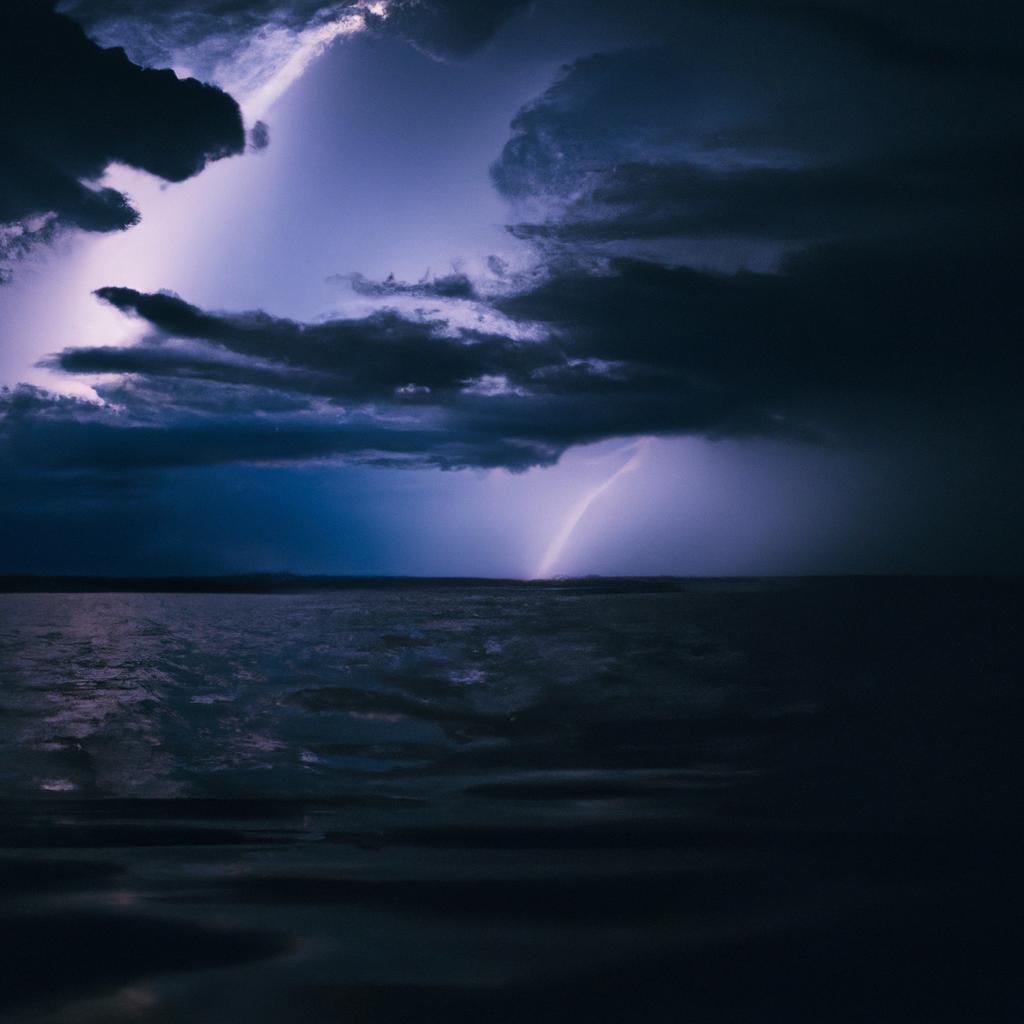
Defining the Phenomenon
The Catatumbo storm is a one-of-a-kind natural marvel that occurs in the Catatumbo River basin in Venezuela. It is a continuous lightning storm that lasts for several hours each night, spanning up to 160 nights per year. The storm is characterized by its intense and frequent flashes of lightning, visible from miles away.
Geographical Location and Characteristics
Situated in western Venezuela, near the border with Colombia, the Catatumbo storm unfolds in the Catatumbo River basin. This marshy area covers approximately 2,000 square kilometers. The storm is most active during the region’s rainy season, which typically stretches from May to November.
Historical Significance of the Storm
The Catatumbo storm holds historical and cultural importance in the region. Revered as the “everlasting storm,” it has been known to the local people for centuries. Historical accounts mention the storm dating back to the 16th century, when Spanish explorers visited the area.
Beyond its historical significance, the Catatumbo storm plays a vital role in the ecosystem of the region. It provides essential water resources to the surrounding communities and fosters the region’s exceptional biodiversity. Moreover, the storm’s awe-inspiring spectacle has captivated people around the world, turning it into a sought-after tourist destination.
Unveiling the Causes of the Catatumbo Storm
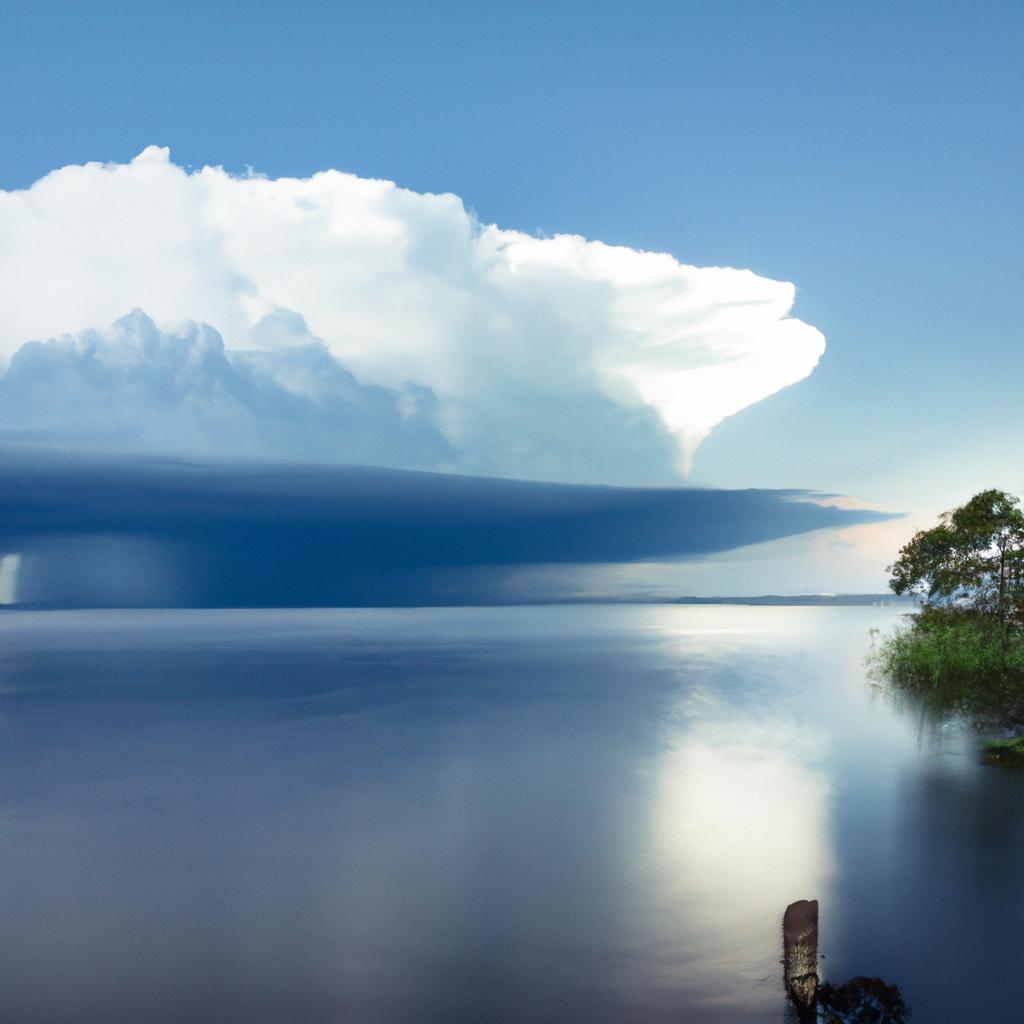
The Catatumbo storm is a rare meteorological wonder that emerges from a combination of factors, including atmospheric conditions, topography, and climate change.
Atmospheric Conditions Contributing to the Storm
One of the primary factors responsible for the Catatumbo storm is the convergence of winds from different directions. As these winds collide, electrical charges accumulate, giving rise to lightning strikes. Additionally, the storm is believed to be influenced by the movement of the Inter-Tropical Convergence Zone (ITCZ). This zone marks the convergence of trade winds from the Northern and Southern Hemispheres.
Influence of the Surrounding Topography
The surrounding topography plays a crucial role in shaping the Catatumbo storm. The storm unfolds at the meeting point of the Catatumbo River and Lake Maracaibo, surrounded by the Andes Mountains. These mountains create a funnel-like effect, channeling warm, moist air from the Caribbean Sea into the region, creating the ideal conditions for the lightning storm.
Impact of Climate Change on the Storm
Climate change is also thought to have an impact on the Catatumbo storm. As global temperatures rise, the air becomes more saturated with moisture, potentially leading to more frequent and intense lightning storms in the region. Furthermore, alterations in wind patterns and the movement of the ITCZ could modify the conditions necessary for the storm to manifest.
Understanding the multiple factors contributing to the Catatumbo storm is critical for predicting and potentially mitigating the effects of this extraordinary phenomenon.
The Effects of the Catatumbo Storm
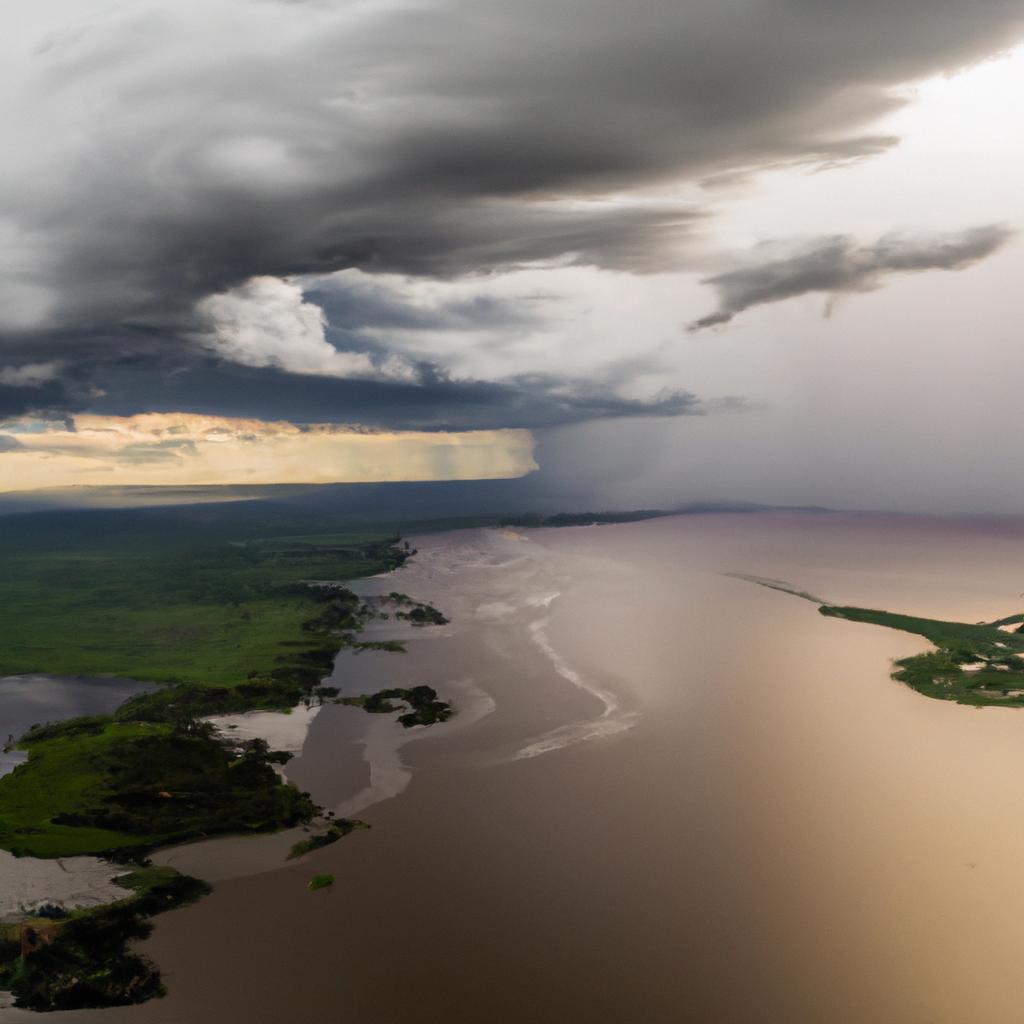
The Catatumbo storm not only dazzles with its brilliance but also leaves a considerable impact on the region’s environment, agriculture, and economy. Let’s delve into its effects in greater detail.
Positive Effects on the Environment and Agriculture
The lightning from the Catatumbo storm performs a pivotal role in nitrogen fixation, essential for plant growth. Consequently, the storm has a positive impact on the region’s agriculture, particularly benefiting rice and corn crops. Furthermore, the freshwater unleashed during the storm nourishes the area’s aquatic life, contributing to its rich biodiversity.
Negative Effects on the Local Population and Infrastructure
While the Catatumbo storm brings environmental benefits, it also poses challenges to the local population and infrastructure. The ceaseless lightning and thunder can cause significant disruptions, resulting in power outages, property damage, and even injuries or fatalities. The sound and luminosity of the storm can also have a psychological impact on the nearby residents, affecting their sleep and overall well-being.
Economic Impact of the Storm on the Region
The Catatumbo storm has had a substantial economic impact on the region. Although it has become a popular tourist attraction, the storm’s unpredictability makes it difficult to develop sustainable tourism. Furthermore, the constant lightning strikes can damage infrastructure, leading to high repair costs.
In summary, the Catatumbo storm brings both positive and negative effects to the region. While it provides crucial environmental benefits and enhances agriculture, it also poses risks to the local population and imposes economic challenges on the region.
Tourism and the Catatumbo Storm
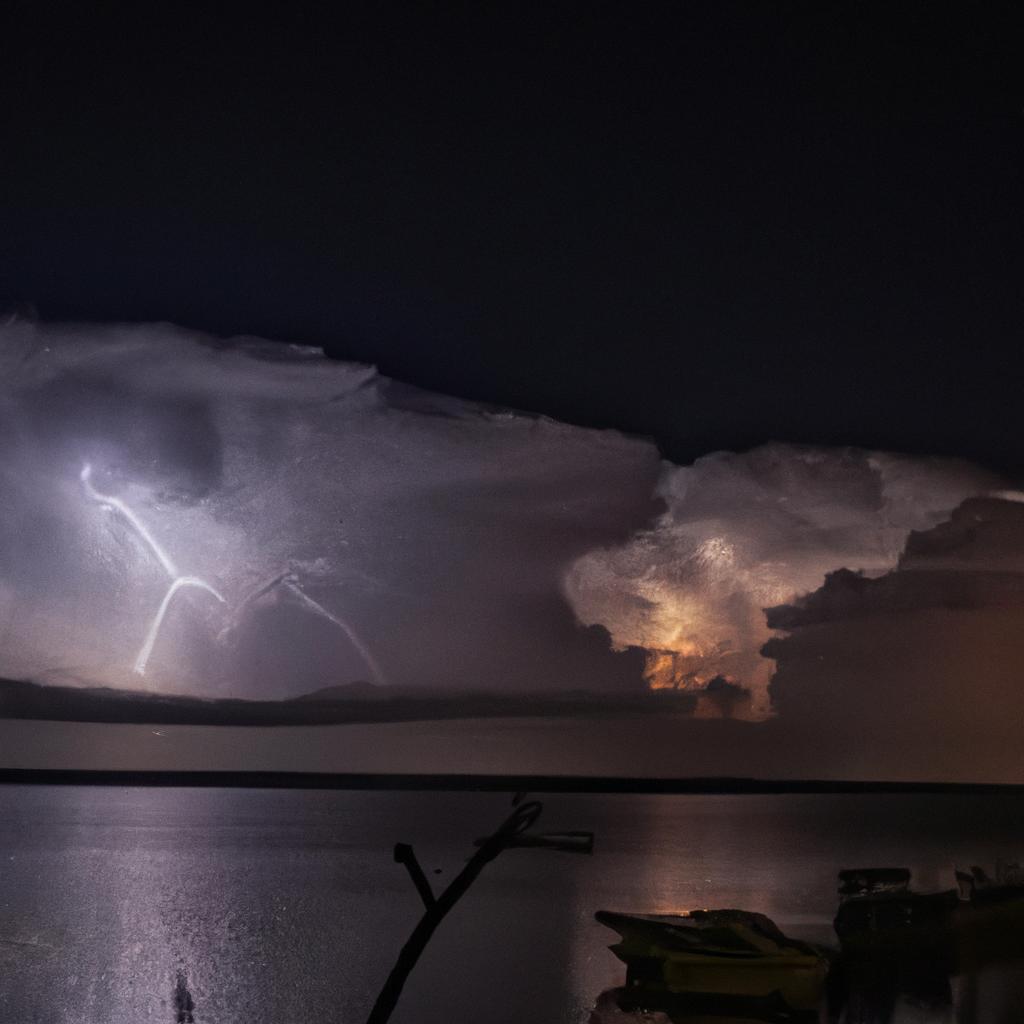
The Catatumbo storm has witnessed an upsurge in popularity among tourists in recent years. This extraordinary phenomenon has become a highly sought-after experience for travelers seeking something out of the ordinary. The increasing interest in the storm presents opportunities for sustainable tourism in the region.
Growing Interest in the Storm Among Tourists
The storm’s popularity has soared, thanks to social media and word-of-mouth promotion. People are sharing their captivating experiences and photographs, arousing the curiosity of others. Consequently, the number of tourists visiting the region has seen a significant rise.
Opportunities for Sustainable Tourism in the Region
Sustainable tourism can bring numerous benefits to the region, including economic growth, job creation, and environmental conservation. The Catatumbo storm serves as a major attraction for tourists, and the region can capitalize on this to create sustainable tourism opportunities.
Some potential sustainable tourism activities include boat tours along the Catatumbo River, hiking in the surrounding hills, and visits to nearby communities. These activities can generate employment opportunities for the local population and generate income for the region.
Challenges and Potential Solutions for Managing Tourism
However, managing tourism in the region can also pose challenges. The influx of tourists can strain the environment and local resources, potentially leading to clashes between tourists and the local population.
To overcome these challenges, it is essential to develop a sustainable tourism plan that considers the region’s distinct characteristics and resources. This plan should involve the local population and prioritize environmental conservation and cultural preservation. Furthermore, implementing responsible tourism practices, such as limiting visitor numbers and promoting eco-friendly activities, can help manage tourism effectively.
In conclusion, sustainable tourism can bring significant benefits to the region while preserving the natural wonder of the Catatumbo storm. By formulating a sustainable tourism plan and embracing responsible tourism practices, the region can leverage the storm’s popularity to thrive as a tourism destination.
Concluding Thoughts
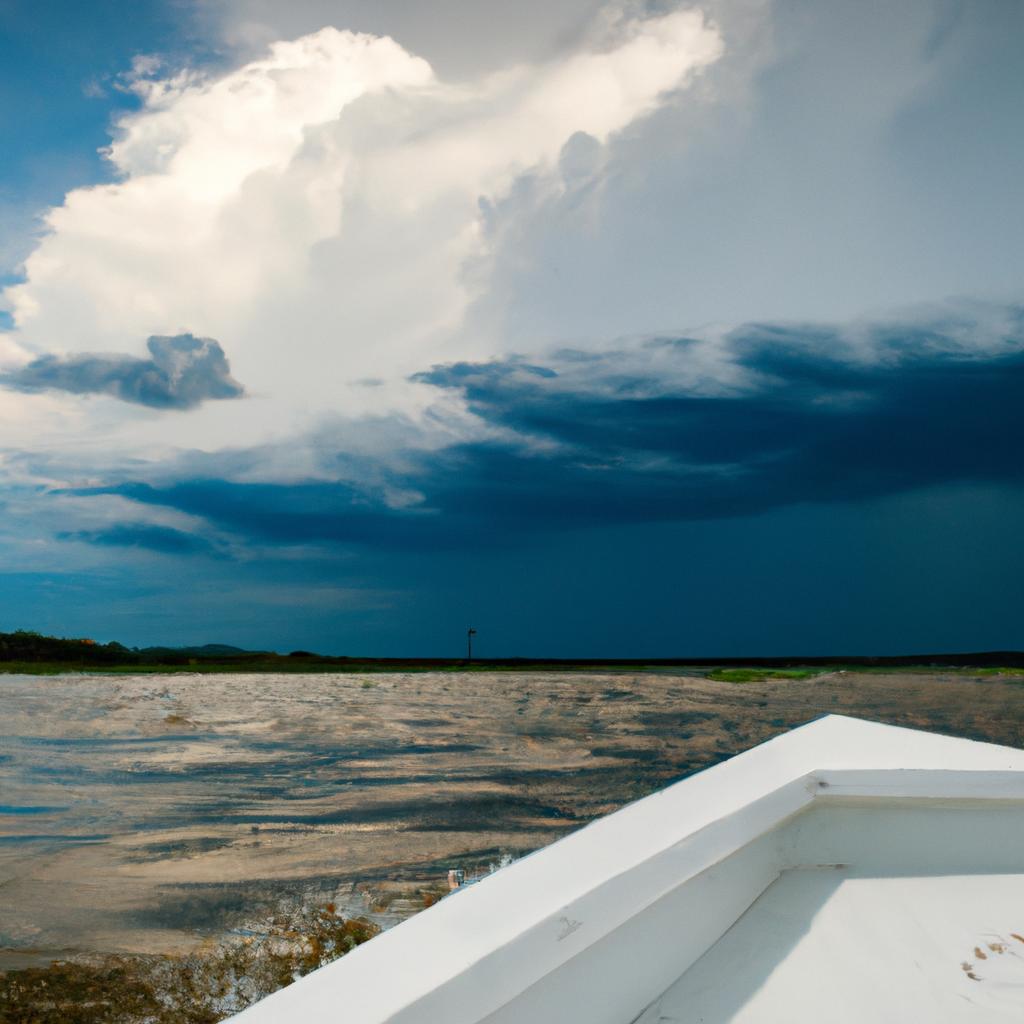
To wrap up, the Catatumbo storm is an extraordinary natural phenomenon of great importance in the region. It serves as a vital freshwater resource for the communities and fosters the region’s biodiversity. Moreover, it has evolved into a renowned tourist attraction. However, managing tourism in harmony with the storm’s natural habitat is crucial for long-term sustainability. By promoting responsible tourism practices, we can safeguard the region’s cultural heritage and preserve its natural marvels.
At TooLacks, we are committed to promoting sustainable development and preserving the extraordinary wonders of our planet. We believe that by joining forces, we can create a better future for ourselves and future generations. So, let’s unite to protect and celebrate the marvels of our planet.
